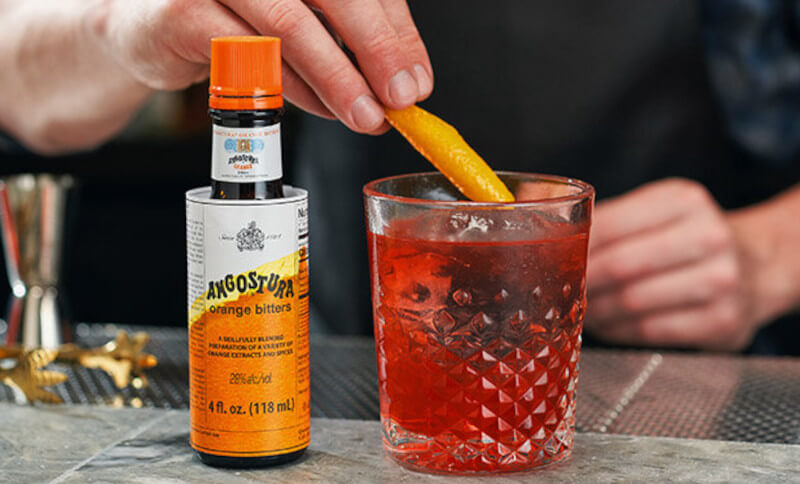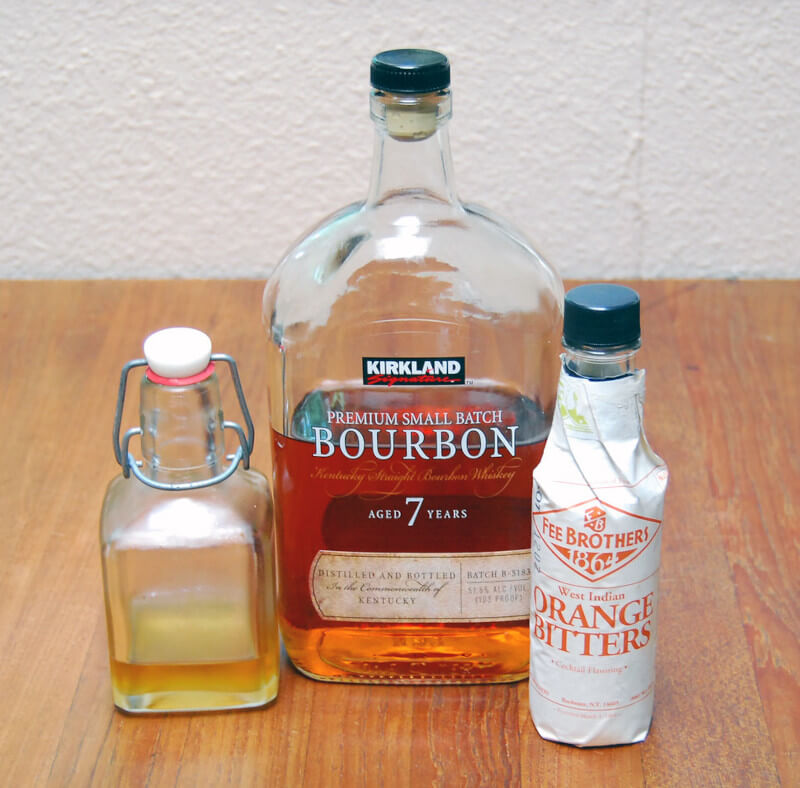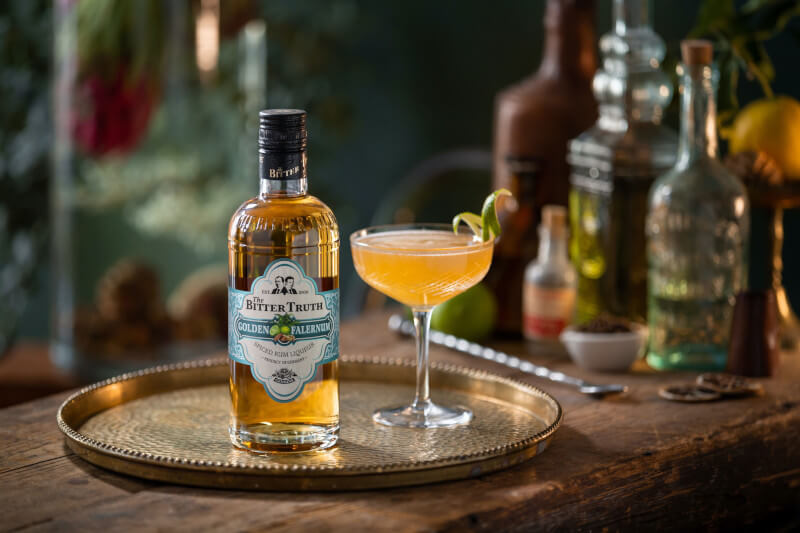The barman is the resident mixologist, and they’re about to make you a specialty drink. They put something in a glass, and you wonder, “What is this?” OK, you’re not the only one. Our goal in providing this explanation is to address a frequent inquiry. The question is, what are bitters and why would you use them in a cocktail?
Botanical ingredients such as aromatic herbs, roots, fruit, and bark are used to create bitters. These components are infused into an alcohol base devoid of flavor to produce a strong flavoring. In a nutshell, bitters are liqueurs that contain a high concentration of natural ingredients. Bitters fall into either the digestive category or the cocktail category. You probably guessed correctly that we’re interested in the second option. You should only use a few drops of cocktail bitters (also known as tincture bitters) per drink.
Don’t be fooled by the moniker; while bitters certainly add depth to drinks, they do not produce an unpleasant aftertaste. Instead, bitters help pull out the flavors in a cocktail, highlighting additional sensations like a little spice or something sweet to create a more nuanced and open-ended beverage.
Angostura bitters are a wonderful place to start if you’re unfamiliar with bitters and want to experiment with preparing your favorite drink at home. One of the oldest types of bitters, these aromatic ones date back to the nineteenth century. The Old Fashioned, one of our favorite drinks, features Angostura bitters prominently.
Other Well-Liked Bitters
Angostura Bitters

Angostura, the most popular type of bitters, is named for the city in Venezuela (today called Ciudad Bolívar) which was the original site of production. The now-famous fragrant bitters were originally developed in 1824 by Dr. Johann Gottlieb Benjamin Siegert, the surgeon general of revolutionary Simón Bolivar’s army.
The sailors who tried his medicine for motion sickness were so relieved that word of his bitters swiftly traveled around the world. Dr. Siegert’s sons, who eventually took over the family firm, relocated it from Venezuela to Trinidad in 1870 due to the country’s worsening political climate. The company’s operations there are still going strong. These days, you may find Angostura bitters in all sorts of mixed drinks, from Champagne cocktails to Old Fashioneds and Manhattans. One of the few bitters brands (together with Peychaud’s) to make it through the 1920s unhindered.
Angostura Orange Bitters
The introduction of Angostura orange bitter in 2008 caused a sensation. If your cocktail calls for just a hint of tangy, zesty citrus, try these transparent bitters. Three dashes of orange bitters are required for our Odin’s Beard cocktail, which is robust and spicy.
Anise-flavored Peychaud’s, an important component of the Sazerac cocktail, was created in 1850 at New Orleans’s Sazerac Coffee House. Antoine Amedie Peychaud, a chemist, created Peychaud’s after experimenting with the medicinal properties of many plants. He first offered them for sale in 1838 from his New Orleans apothecary. The Sazerac firm acquired them and still controls the bitters today.
The Fee Brothers

The Fee Brothers of Rochester, New York, have been making bitters since the 1950s. These bitters became well-liked because they offered a wide variety of flavors, a factor that contributed to their success. We use four dashes of their Aztec Chocolate bitters in our Mr. Weaver cocktail to give it a robust flavor with just a touch of sweetness.
- Orange
- Cherry
- Grapefruit
- Lime
- Rhubarb
- Lemon
- Peach
- Celery
- Pear
- Cranberry
- Cucumber
- Apricot
- Apple
How Do You Make Bitters?
The foundation of any bitters is a high-proof spirit. This can be a brown liquor, such as Gosling’s 151-proof rum or Wild Turkey 101, or a neutral liquor, such as Everclear or Devil’s Spring 151-proof vodka. The recipe must include at least one bittering agent, including wormwood, gentian root, quassia, or cinchona bark. Other than the bittering agent, components may include anything from fruit and citrus peels to herbs and spices.
Producers macerate the botanicals in the spirit for roughly a month to infuse the spirit with the flavors. When the maceration process is finished, the liquid is diluted to lower the proof. After straining, the bitters are ready to use in mixed drinks.
Can You Drink a Shot of Bitters?

People used to drink bitters neat, but that’s not something you should do. You can get the same digestion effects from a dash of them in soda water instead of liquor if that’s your preference.
Despite their diminutive size, bitters play a significant role in the cocktail culture. They enhance the flavor of a drink and give it more dimension and complexity without leaving an unpleasant aftertaste, despite their moniker. There is a vast range of bitters to try and experiment with, from the classic Angostura to the more contemporary Fee Brothers and Bittermen’s.
But why stop at simply sampling different bitters? You can make your bitters by macerating herbs in a strong liquor if you’re feeling very daring. Bitters have gone a long way from their pharmacological roots to become an essential component of contemporary bar culture. If the barman pulls out a bottle of bitters the next time you’re there, don’t be shy about asking questions or giving it a shot. You never know, maybe one of these may become your new go-to beverage.
